As deepfakes proliferate, OpenAI is refining the tech used to clone voices — but the company insists it’s doing so responsibly.
Today marks the preview debut of OpenAI’s Voice Engine, an expansion of the company’s existing text-to-speech API. Under development for about two years, Voice Engine allows users to upload any 15-second voice sample to generate a synthetic copy of that voice. But there’s no date for public availability yet, giving the company time to respond to how the model is used and abused.
“We want to make sure that everyone feels good about how it’s being deployed — that we understand the landscape of where this tech is dangerous and we have mitigations in place for that,” Jeff Harris, a member of the product staff at OpenAI, told TechCrunch in an interview.
Training the model
The generative AI model powering Voice Engine has been hiding in plain sight for some time, Harris said.
The same model underpins the voice and “read aloud” capabilities in ChatGPT, OpenAI’s AI-powered chatbot, as well as the preset voices available in OpenAI’s text-to-speech API. And Spotify’s been using it since early September to dub podcasts for high-profile hosts like Lex Fridman in different languages.
I asked Harris where the model’s training data came from — a bit of a touchy subject. He would only say that the Voice Engine model was trained on a mix of licensed and publicly available data.
Models like the one powering Voice Engine are trained on an enormous number of examples — in this case, speech recordings — usually sourced from public sites and data sets around the web. Many generative AI vendors see training data as a competitive advantage and thus keep it and info pertaining to it close to the chest. But training data details are also a potential source of IP-related lawsuits, another disincentive to reveal much.
OpenAI is already being sued over allegations the company violated IP law by training its AI on copyrighted content, including photos, artwork, code, articles and e-books, without providing the creators or owners credit or pay.
OpenAI has licensing agreements in place with some content providers, like Shutterstock and the news publisher Axel Springer, and allows webmasters to block its web crawler from scraping their site for training data. OpenAI also lets artists “opt out” of and remove their work from the data sets that the company uses to train its image-generating models, including its latest DALL-E 3.
But OpenAI offers no such opt-out scheme for its other products. And in a recent statement to the U.K.’s House of Lords, OpenAI suggested that it’s “impossible” to create useful AI models without copyrighted material, asserting that fair use — the legal doctrine that allows for the use of copyrighted works to make a secondary creation as long as it’s transformative — shields it where it concerns model training.
Synthesizing voice
Surprisingly, Voice Engine isn’t trained or fine-tuned on user data. That’s owing in part to the ephemeral way in which the model — a combination of a diffusion process and transformer — generates speech.
“We take a small audio sample and text and generate realistic speech that matches the original speaker,” said Harris. “The audio that’s used is dropped after the request is complete.”
As he explained it, the model is simultaneously analyzing the speech data it pulls from and the text data meant to be read aloud, generating a matching voice without having to build a custom model per speaker.
It’s not novel tech. A number of startups have delivered voice cloning products for years, from ElevenLabs to Replica Studios to Papercup to Deepdub to Respeecher. So have Big Tech incumbents such as Amazon, Google and Microsoft — the last of which is a major OpenAI’s investor incidentally.
Harris claimed that OpenAI’s approach delivers overall higher-quality speech.
We also know it will be priced aggressively. Although OpenAI removed Voice Engine’s pricing from the marketing materials it published today, in documents viewed by TechCrunch, Voice Engine is listed as costing $15 per one million characters, or ~162,500 words. That would fit Dickens’ “Oliver Twist” with a little room to spare. (An “HD” quality option costs twice that, but confusingly, an OpenAI spokesperson told TechCrunch that there’s no difference between HD and non-HD voices. Make of that what you will.)
That translates to around 18 hours of audio, making the price somewhat south of $1 per hour. That’s indeed cheaper than what one of the more popular rival vendors, ElevenLabs, charges — $11 for 100,000 characters per month. But it does come at the expense of some customization.
Voice Engine doesn’t offer controls to adjust the tone, pitch or cadence of a voice. In fact, it doesn’t offer any fine-tuning knobs or dials at the moment, although Harris notes that any expressiveness in the 15-second voice sample will carry on through subsequent generations (for example, if you speak in an excited tone, the resulting synthetic voice will sound consistently excited). We’ll see how the quality of the reading compares with other models when they can be compared directly.
Voice talent as commodity
Voice actor salaries on ZipRecruiter range from $12 to $79 per hour — a lot more expensive than Voice Engine, even on the low end (actors with agents will command a much higher price per project). Were it to catch on, OpenAI’s tool could commoditize voice work. So, where does that leave actors?
The talent industry wouldn’t be caught unawares, exactly — it’s been grappling with the existential threat of generative AI for some time. Voice actors are increasingly being asked to sign away rights to their voices so that clients can use AI to generate synthetic versions that could eventually replace them. Voice work — particularly cheap, entry-level work — is at risk of being eliminated in favor of AI-generated speech.
Now, some AI voice platforms are trying to strike a balance.
Replica Studios last year signed a somewhat contentious deal with SAG-AFTRA to create and license copies of the media artist union members’ voices. The organizations said that the arrangement established fair and ethical terms and conditions to ensure performer consent while negotiating terms for uses of synthetic voices in new works, including video games.
The writers’ strike is over; here’s how AI negotiations shook out
ElevenLabs, meanwhile, hosts a marketplace for synthetic voices that allows users to create a voice, verify and share it publicly. When others use a voice, the original creators receive compensation — a set dollar amount per 1,000 characters.
OpenAI will establish no such labor union deals or marketplaces, at least not in the near term, and requires only that users obtain “explicit consent” from the people whose voices are cloned, make “clear disclosures” indicating which voices are AI-generated and agree not to use the voices of minors, deceased people or political figures in their generations.
“How this intersects with the voice actor economy is something that we’re watching closely and really curious about,” Harris said. “I think that there’s going to be a lot of opportunity to sort of scale your reach as a voice actor through this kind of technology. But this is all stuff that we’re going to learn as people actually deploy and play with the tech a little bit.”
Ethics and deepfakes
Voice cloning apps can be — and have been — abused in ways that go well beyond threatening the livelihoods of actors.
The infamous message board 4chan, known for its conspiratorial content, used ElevenLabs’ platform to share hateful messages mimicking celebrities like Emma Watson. The Verge’s James Vincent was able to tap AI tools to maliciously, quickly clone voices, generating samples containing everything from violent threats to racist and transphobic remarks. And over at Vice, reporter Joseph Cox documented generating a voice clone convincing enough to fool a bank’s authentication system.
There are fears bad actors will attempt to sway elections with voice cloning. And they’re not unfounded: In January, a phone campaign employed a deepfaked President Biden to deter New Hampshire citizens from voting — prompting the FCC to move to make future such campaigns illegal.
So aside from banning deepfakes at the policy level, what steps is OpenAI taking, if any, to prevent Voice Engine from being misused? Harris mentioned a few.
First, Voice Engine is only being made available to an exceptionally small group of developers — around 10 — to start. OpenAI is prioritizing use cases that are “low risk” and “socially beneficial,” Harris says, like those in healthcare and accessibility, in addition to experimenting with “responsible” synthetic media.
A few early Voice Engine adopters include Age of Learning, an edtech company that’s using the tool to generate voice-overs from previously cast actors, and HeyGen, a storytelling app leveraging Voice Engine for translation. Livox and Lifespan are using Voice Engine to create voices for people with speech impairments and disabilities, and Dimagi is building a Voice Engine-based tool to give feedback to health workers in their primary languages.
Here’s generated voices from Lifespan:
And here’s one from Livox:
Second, clones created with Voice Engine are watermarked using a technique OpenAI developed that embeds inaudible identifiers in recordings. (Other vendors including Resemble AI and Microsoft employ similar watermarks.) Harris didn’t promise that there aren’t ways to circumvent the watermark, but described it as “tamper resistant.”
“If there’s an audio clip out there, it’s really easy for us to look at that clip and determine that it was generated by our system and the developer that actually did that generation,” Harris said. “So far, it isn’t open sourced — we have it internally for now. We’re curious about making it publicly available, but obviously, that comes with added risks in terms of exposure and breaking it.”
OpenAI launches a red teaming network to make its models more robust
Third, OpenAI plans to provide members of its red teaming network, a contracted group of experts that help inform the company’s AI model risk assessment and mitigation strategies, access to Voice Engine to suss out malicious uses.
Some experts argue that AI red teaming isn’t exhaustive enough and that it’s incumbent on vendors to develop tools to defend against harms that their AI might cause. OpenAI isn’t going quite that far with Voice Engine — but Harris asserts that the company’s “top principle” is releasing the technology safely.
General release
Depending on how the preview goes and the public reception to Voice Engine, OpenAI might release the tool to its wider developer base, but at present, the company is reluctant to commit to anything concrete.
Harris did give a sneak peek at Voice Engine’s roadmap, though, revealing that OpenAI is testing a security mechanism that has users read randomly generated text as proof that they’re present and aware of how their voice is being used. This could give OpenAI the confidence it needs to bring Voice Engine to more people, Harris said — or it might just be the beginning.
“What’s going to keep pushing us forward in terms of the actual voice matching technology is really going to depend on what we learn from the pilot, the safety issues that are uncovered and the mitigations that we have in place,” he said. “We don’t want people to be confused between artificial voices and actual human voices.”
And on that last point we can agree.




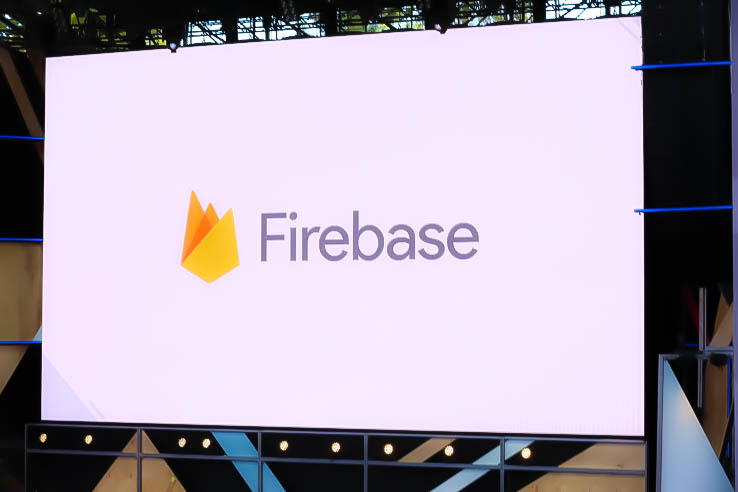






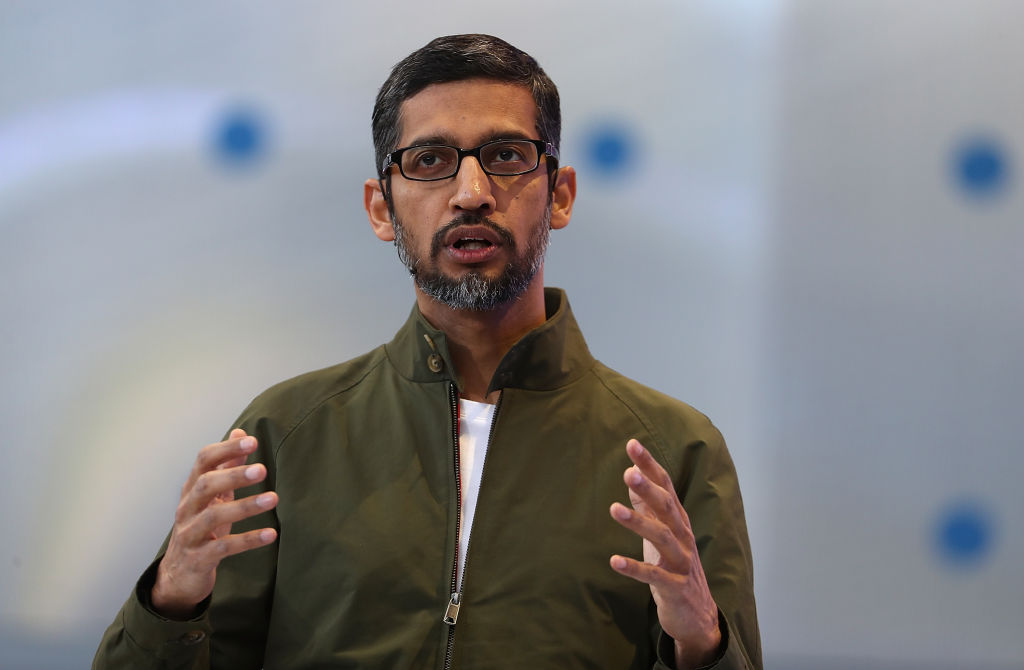
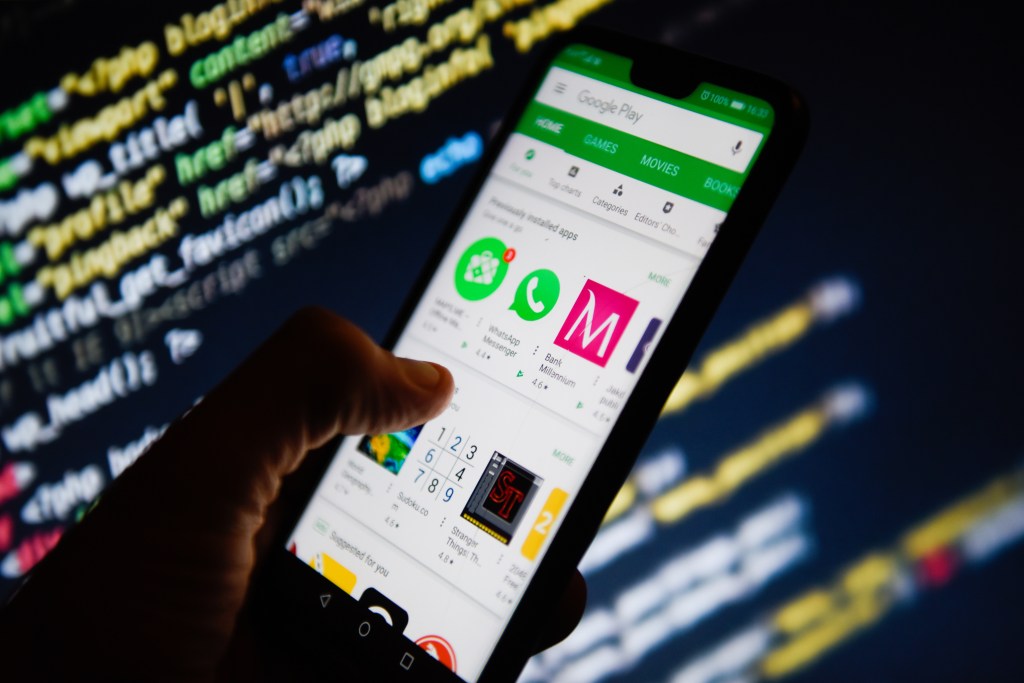








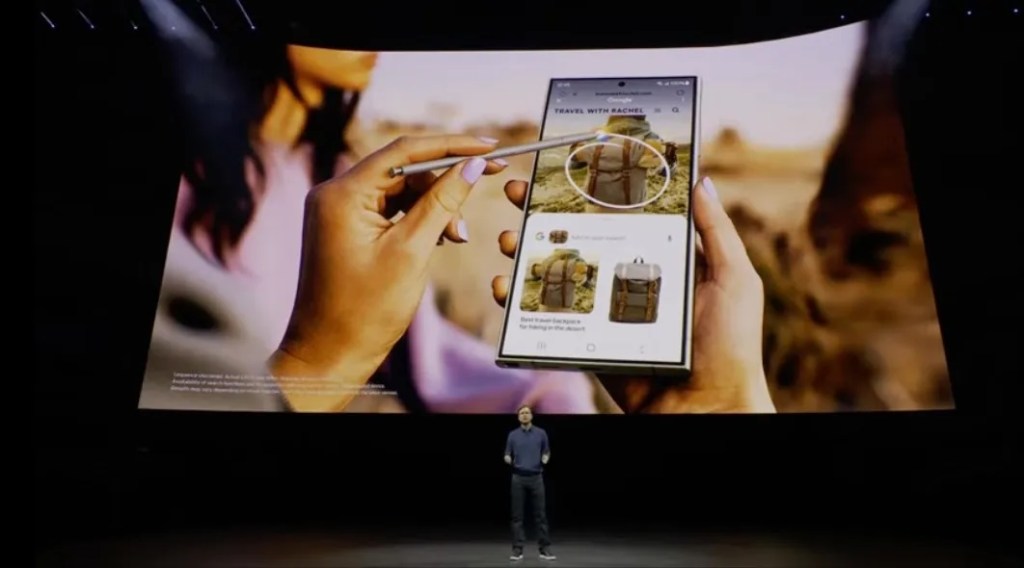





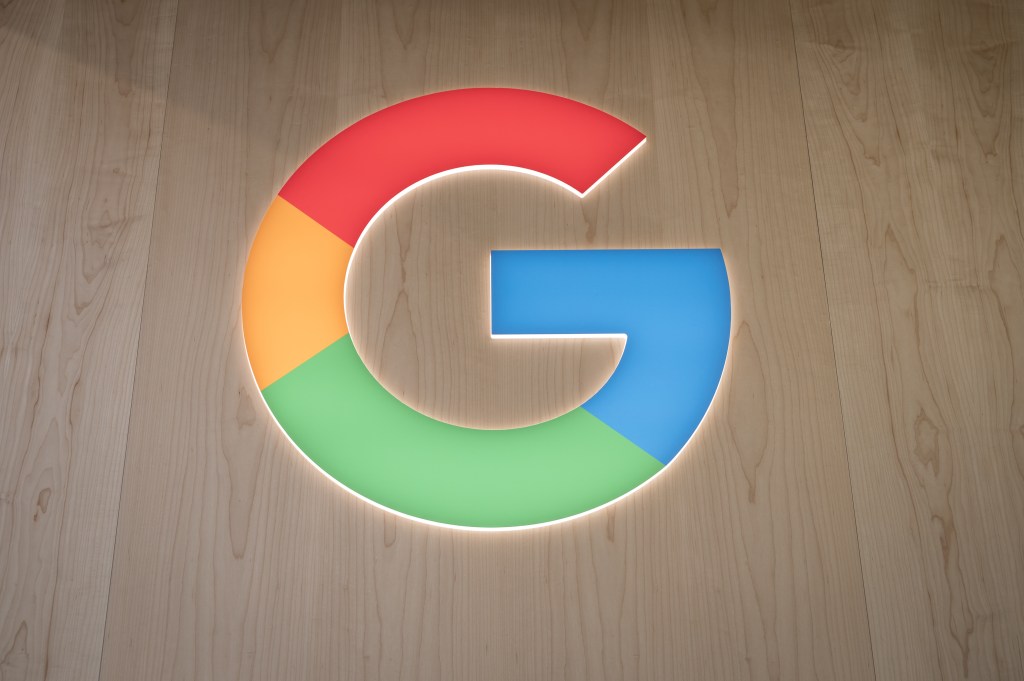



Comment